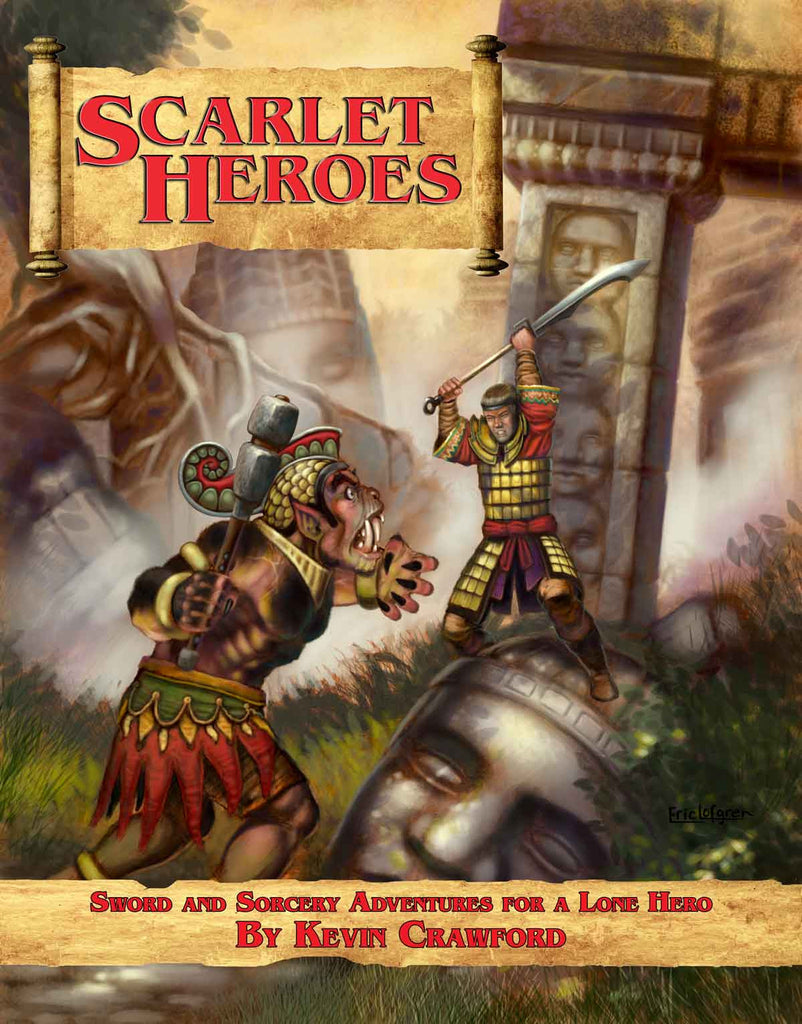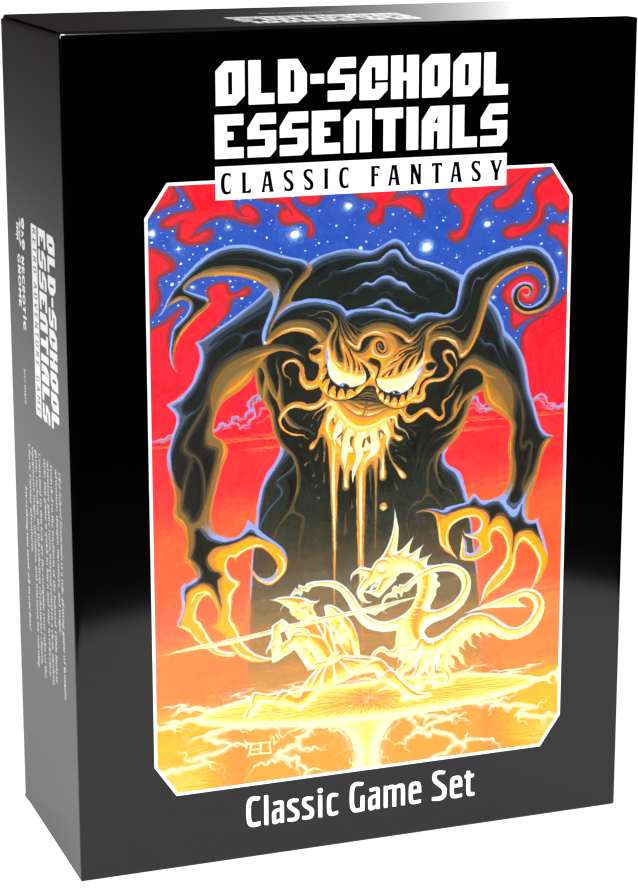Scarlet Heroes Fantasy; Dark Fantasy; Solo Play; Streamlined; Tactical Combat; Character Customization; Low Magic
Scarlet Heroes is a tabletop roleplaying game designed primarily for solo play or small groups, offering a streamlined, tactical combat experience within a dark fantasy setting. It distinguishes itself through mechanics that allow a single player character to effectively tackle challenges typically suited for larger parties. While set in the Red Tide setting, its flexible ruleset can be adapted to various campaign worlds. The game's focus on player empowerment and adaptable mechanics has garnered praise, especially among solo roleplaying enthusiasts.
Theme and Setting
Scarlet Heroes plunges players into a dark fantasy world inspired by Southeast Asian cultures, specifically the Red Tide setting, though the core mechanics are setting-agnostic. The setting is characterized by a crimson mist, remnants of a butchered world, and features desperate colonists, ancient ruins, and lurking horrors. The game world emphasizes adventure and exploration, offering a blend of sword and sorcery elements. While the default setting has received mixed reviews for its cultural representation, the gameâs adaptability allows users to implement settings of their choosing, contributing to a more personalized gaming experience.
Core Mechanics and Rules
The core of Scarlet Heroes revolves around a modified version of classic D&D mechanics, designed to empower a single player character. A key feature is the damage dice system, where damage rolls are interpreted as ranges, impacting heroes and foes differently, effectively scaling the player's power. Furthermore, the fray die allows characters to deal additional damage each turn, regardless of their main attack. Character creation involves selecting from traditional classes like Fighter, Cleric, Magic-User, and Thief, further customizable through traits that add bonuses to non-combat checks and saving throws. These mechanics, combined with streamlined combat, create a fast-paced and tactical experience, suitable for both novice and experienced players.
What Makes it Unique
Scarlet Heroes distinguishes itself primarily through its design for solo play and small groups, a departure from traditional RPGs that require larger parties. Its unique damage system allows a single character to handle encounters designed for multiple players, providing a sense of empowerment. The gameâs adaptability, enabling it to overlay onto existing OSR systems and modules, is another significant strength. The inclusion of solo adventure tools, such as oracles and random generators for urban, wilderness, and dungeon settings, further enhances its appeal for solo gamers.
Target Audience and Player Experience
The target audience for Scarlet Heroes includes individuals interested in solo roleplaying, those seeking a streamlined OSR experience, and game masters looking for a system adaptable to small groups or one-on-one play. The player experience emphasizes tactical combat, character customization through traits, and the ability to tackle challenges in a dark fantasy setting. Players appreciate the game's flexibility, allowing them to use existing modules and settings. Some find the default setting's spell names verbose and dislike certain depictions within the setting, but these are subjective aspects that don't detract from the core gameplay experience. Overall, Scarlet Heroes offers a unique and rewarding experience for those seeking a different approach to tabletop roleplaying.



